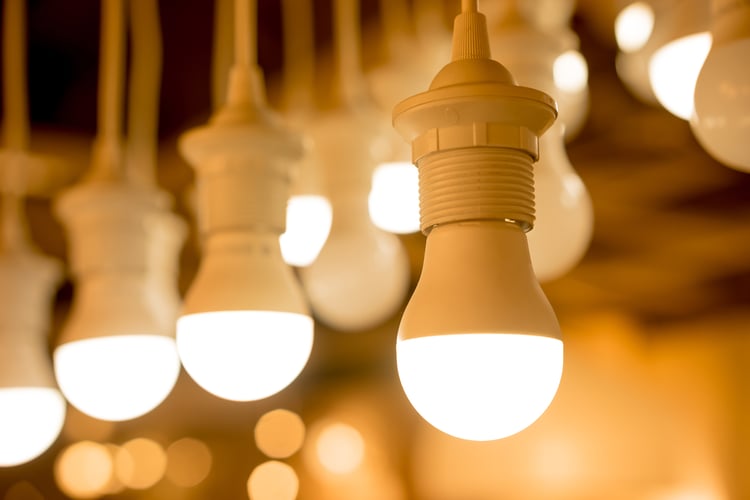Many commercial buildings are being repurposed to provide high-demand services that include storage and data center infrastructure. In the case of hotels and offices, reuse in apartments is also a viable option. In all of these projects, building owners have an excellent opportunity to improve energy efficiency.
Each property is unique and an energy efficiency measure that works for a nearby building may be ineffective for you. However, there are energy efficiency measures that work in most commercial buildings and are very often recommended by energy consultants.
A building reuse project is an opportunity to improve energy efficiency. Contact us for professional energy modeling services.
In this article we will discuss 5 energy efficiency measures recommended by experts when renovating a building. By implementing them, you can permanently reduce energy and gas bills while also reducing your building's environmental footprint.
1) Upgrade to LED lighting
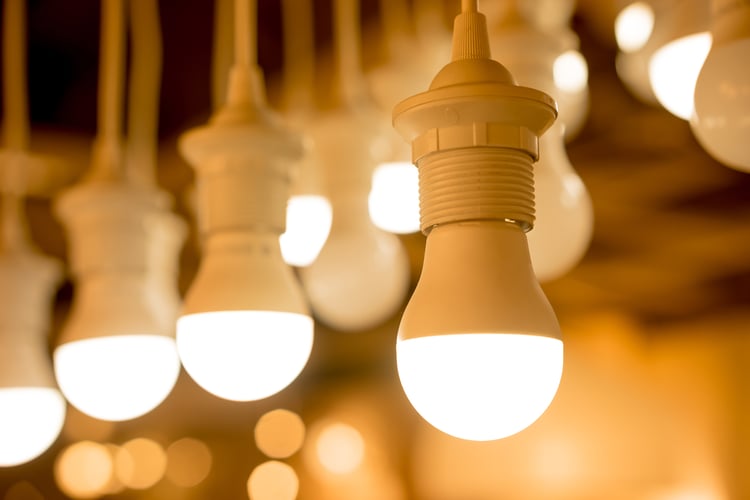
LED lighting is one of the most popular energy efficiency measures for buildings and there are many reasons for this. LEDs typically save 30-50% on replacing fluorescent bulbs, save over 60% on replacing HID bulbs, and savings exceed 80% on replacing halogen or incandescent bulbs.
In addition to being more efficient than older types of bulbs, LEDs have simple maintenance needs and a long lifespan. Although an HID bulb is typically replaced in less than 10,000 hours and most fluorescent bulbs last less than 20,000 hours, a lifespan of 50,000 hours is typical for equivalent LED bulbs.
Upgrading to LED lighting is also a relatively simple project. Because LEDs consume less power than the bulbs they replace, your existing wiring will have more than enough capacity for them. Unless the wiring or its insulation has been damaged, there is no need to replace the circuits. There are also LED retrofit kits that can be used with existing luminaires, replacing only bulbs and internal connections.
2) Upgrade to NEMA Premium motors
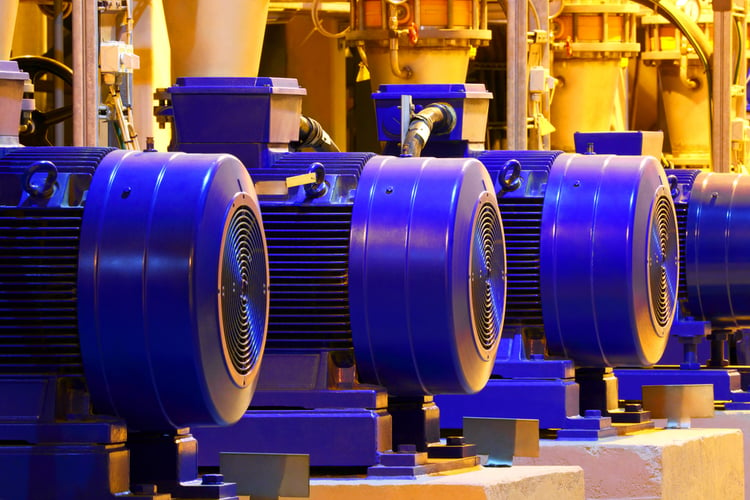
Electric motors have many applications in buildings and are used by equipment and appliances of all sizes. In a large commercial building, the motors that drive ventilation systems and water pumps can have very high energy consumption.
- A simple way to reduce ventilation and pumping costs is to upgrade to NEMA Premium efficiency motors.
- They can be selected with the same physical dimensions as the engines they replace, ensuring they are compatible with existing bases and equipment.
The exact savings achieved by a NEMA Premium motor depend on the application and operating schedules. However, a large installation can save thousands of dollars per month when all engines are upgraded.
3) Upgrading insulation and improving tightness
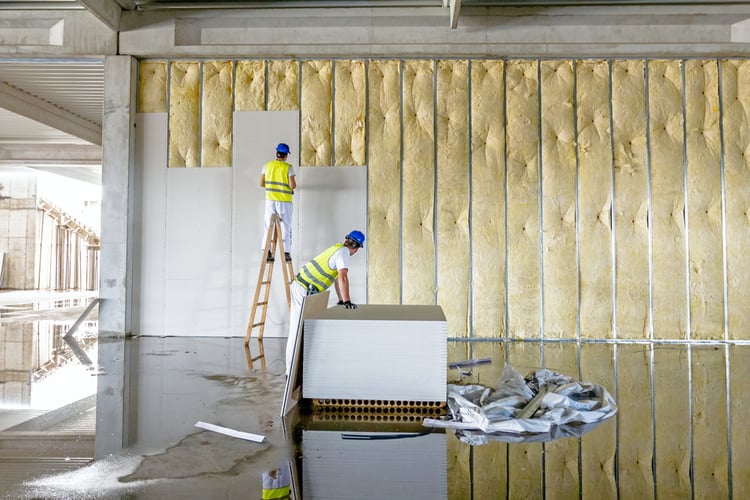
Many buildings have high electricity and gas bills due to a hidden form of energy waste: the uncontrolled movement of heat through the building envelope. This takes the form of heat gain during the summer and heat loss during the winter.
- Heat gain and loss waste energy because they force HVAC systems to work harder.
- Air conditioners must provide additional cooling to compensate for the extra heat gained during the summer, and space heating systems are equally affected by heat loss during the winter.
An efficient building envelope has good insulation and tightness. Heat movement through walls and other elements exposed to the outside is minimized, while air movement is fully controlled by ventilation systems and openable windows.
4) Updating Air Conditioning Equipment
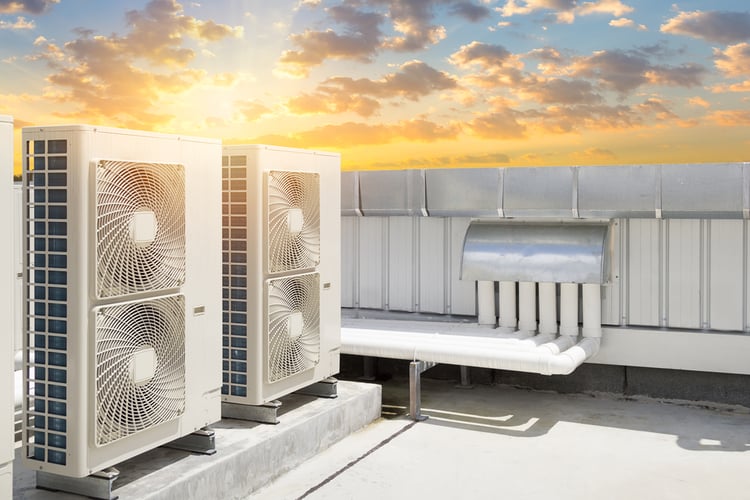
In many commercial buildings, air conditioning is by far the biggest energy expenditure during the summer. Operating costs can be especially high in hot, humid climates, since the AC system must also remove large amounts of moisture from the air. A building reuse project provides an excellent opportunity to replace air conditioning equipment.
- The exact savings from an AC replacement will depend on the construction schedule and external factors such as weather, but savings of over 30% are typically achieved.
- By replacing very old AC units, savings of over 70% are possible.
Keep in mind that you may need to change the layout of your air conditioning system. For example, if an office building with a central AC system is converted into an apartment building, an independent AC system will be required for each dwelling.
5) Space heating equipment upgrade
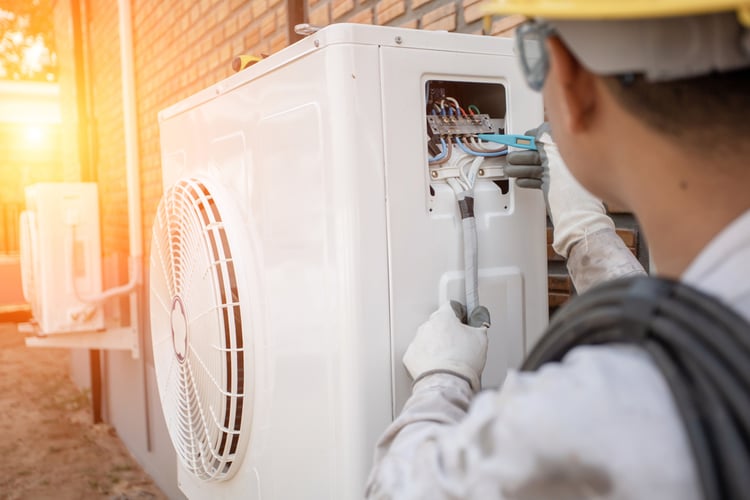
Just as air conditioning is the main energy expenditure in the summer, space heating can be expensive during the winter, especially in places with very cold climates. An adaptive reuse project also provides an excellent opportunity to upgrade heating equipment, a procedure that would be disruptive when the building was operating normally.
A building owner may decide to go 100% electric with an efficient heat pump system, which eliminates the need to burn on-site heating fuels. If the building continues to use combustion heating, a natural gas boiler with high Annual Fuel Use Efficiency (AFUE) offers the lowest operating cost and environmental impact.
Conclusion
When an adaptive reuse project changes the purpose of a building, owners also have the opportunity to reduce energy bills. Many upgrades that would be disruptive when there are tenants can be completed without disturbing anyone. Energy efficiency is also a selling point when a repurposed building has spaces for rent. If two buildings are similar but one has higher energy efficiency, the benefit of paying lower energy bills will attract tenants.

